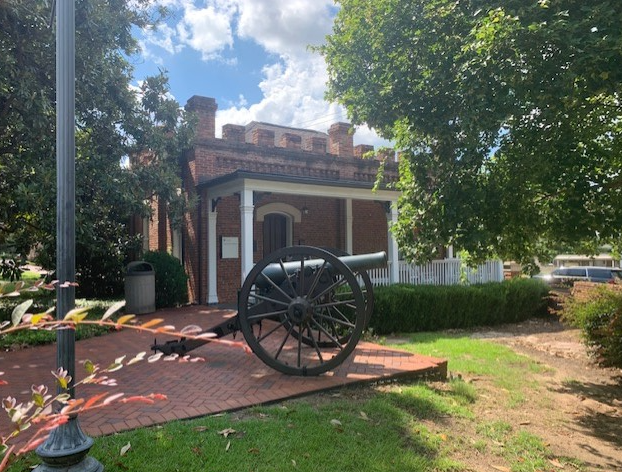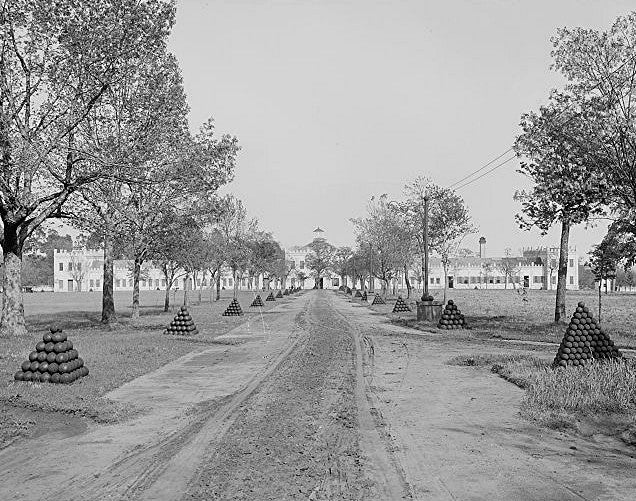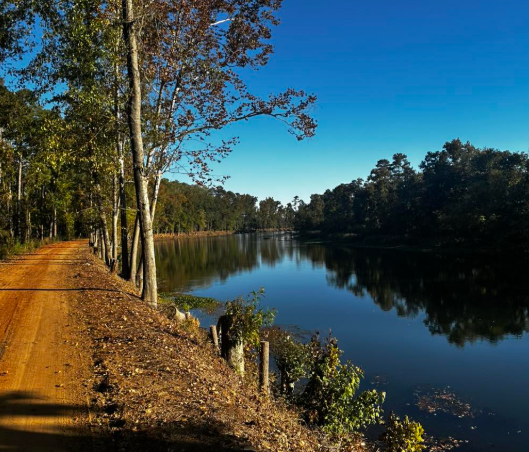On the grounds of the modern Augusta University campus sit a small spattering of buildings that date back to the post-Revolutionary era.
Oddly enough, the old buildings seem to nestle well with the state-of-the-art classrooms and labs in Allgood Hall, University Hall and the Science Building; and, those old buildings are all that are left of the original Augusta Arsenal.
Alumni of Augusta College and, later, Augusta State University remember well taking classes in the World War II era warehouses that once stored ammunition. Those buildings were razed in the early 2000s to make way for the more modern campus buildings.
The creation of the Augusta Arsenal was actually the brainchild of George Washington.
After his 1791 tour of the states, according to the Georgia Historical Society, Washington saw a need for the defense of the Southern states, since Washington knew that if the British decided to initiate a rematch, they would either come from Canada or Southern ports such as Charleston or Savannah.
It would take a quarter-century before Augusta would get its arsenal, but things turned tragic quickly. In 1819, what was termed as “black or yellow fever” hit the new arsenal and killed the entire garrison, according to historian and retired Augusta University professor, Hubert van Tuyll.
The arsenal was built on the banks of the Savannah River west of the city of Augusta, and the swampy land and high humidity became deadly for the men stationed there.
“The commander left off on a short trip, and when he returned, all of his men were dead,” van Tuyll said.
The disease, which was likely transmitted by mosquitoes, kept coming back and killing more soldiers until the decision was made, in 1827, to move the arsenal brick-by-brick to a new location in the Summerville neighborhood.
The Augusta Arsenal actually served three nations.
According to late Augusta historian, Ed Cashin, in his book, The Story Of Augusta, when Georgia seceded from the Union in 1861, it technically became the Republic of Georgia, and it was this republic that demanded and received the flag of surrender from the federal arsenal.
The Republic of Georgia only lasted three weeks, so the arsenal was then transferred to the Confederacy.
Prior to the Civil War, Gen. William Sherman was stationed at the Augusta Arsenal, which led to, now proven incorrect, rumors that he met and fancied a young lady here and that she later convinced him not to attack Augusta in his march to the sea.
Actually, aside from the less-than-dramatic surrender, the Augusta Arsenal played only a minor role in the Civil War. In the shadow of the Confederate Powderworks on the Augusta Canal, the arsenal faced a shortage of metal, and so few bullets were manufactured.
World War II was a different matter as the arsenal was expanded to include 101 buildings, according to the Georgia Historical Society.

“America was ready for World War II. They knew what was coming and began preparing early,” van Tuyll said.
Not only was the Augusta Arsenal of World War II a massive munitions storage dump, it also housed German prisoners of war.
Chris Murphy, retired anthropology professor at Augusta University, led several archeological digs on the old arsenal site, including what was once a small jail that is now a museum. Murphy’s students found many interesting relics, including spent rounds of blank ammunition from World War II.
Among the spent ammunition and numerous liquor bottles, a single, tattered playing card was found.
Murphy, at the time, quickly figured out a theory and surmised that the guards were likely sitting on the porch and playing poker using the ammo as chips while guarding what was probably a lone prisoner.
“What else would they have had to do to pass time, other than drink whiskey and play cards,” Murphy said.
The Augusta Arsenal closed in 1955 as the Cold War changed warfare forever. Instead of bullets and TNT, the CSRA would become known for building atomic bombs across the river at the Savannah River Site.
…And that is something you may not have known.
Scott Hudson is the Senior Investigative Reporter and Editorial Page Editor for The Augusta Press. Reach him at scott@theaugustapress.com












